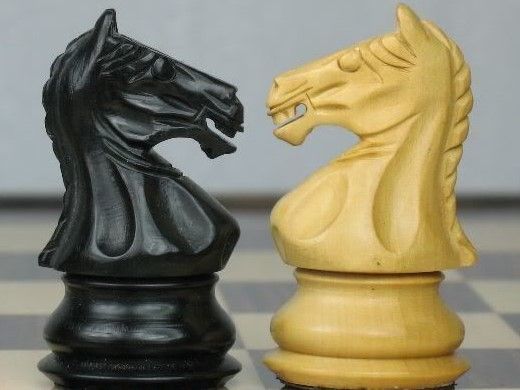Here's a post about the market for ballet dancers, by Olivia Hartzell, an econ Ph.D. student at Harvard whose previous profession was ballet. She writes in Dance Magazine that the market for dancers isn't as thick as it might be, because there aren't uniform times at which companies hire, and efficient matches are hard to predict. She proposes a centralized clearinghouse, but anticipates some obstacles to adoption and implementation.
The Ballet Job Market Needs a Market (Re)Design by Olivia Hartzell
"The ballet job market is what an economist would refer to as a “matching market”—you cannot simply choose where to go, but you must also be chosen. What makes the ballet market peculiar is that, unlike most professional athletic markets, directors have vastly different preferences for dancers and they mostly do not (and cannot) compete for hires with salaries. Rather, dancers are first and foremost committed to finding their best artistic fits and are often willing to work for less than their worth.
This phenomenon would not be quite as problematic if dancers and directors were nonetheless matched efficiently. Unfortunately, there are two major failures that plague the current system.
First, although many, but not all, major ballet companies in the U.S. operate under the dancers’ union AGMA, there is virtually no regulation in terms of hiring. Deadlines to hold auditions, renew or cancel contracts are company-specific and are not standardized industry-wide. This is problematic because when streams of dancers are released into the audition market at different times, both companies and dancers can end up with undesirable results.
...
"In other settings, centralized clearinghouses have been enormously effective in eliminating similar market failures. Specifically, what I have in mind is a variant that I’ve designed of the well-known top trading cycles algorithm. It would work something like this: After all company departures have been announced and auditions held, dancers and directors would simply submit their preferences to a centralized algorithm that would quickly determine final assignments based on those preferences.
...
"Of course, centralized clearinghouses are most effective when the majority of the market agrees to partake in them. While leaders may fear that this would require them to relinquish some control, they would only make offers to the dancers who they would under the best possible scenario, and the gains they would achieve by thickening and coordinating the market would far outweigh any perceived losses.
"As new leaders begin to take the reins at companies around the globe, time will tell whether they will be brave enough to challenge the status quo and reshape the marketplace in a way that truly works for both dancers and directors."
HT: Scott Kominers
*************
The market for ballet dancers is tough in other ways as well, e.g. it's the rare dancer who finds her way to graduate school later. Many professional dancers never go to college. See e.g. (also in Dance Magazine)
What Directors Really Think of Ballet Dancers Going To College by Sarah Wroth
"In the ballet world, the phrase “going to college” is sometimes regarded as the musings of a dancer who’s not really serious about their craft. Although schools like Juilliard and Bennington College have made degrees acceptable for modern dancers for decades, the competitive ballet world (which often follows a philosophy of “the younger the better”) tends to discourage higher education."
***************
And this, from a story about a dancer with an unusually long and storied career who was able to make a post ballet career in contemporary dance:
When Ballet Is Your Life, What Does Life After Ballet Look Like? Wendy Whelan only ever wanted to dance. But what happens when you can't dance anymore? by Chloe Angyal
"Career paths out of ballet are notoriously narrow. Dancers usually skip college, and even the end of high school, to devote themselves to dancing in their late teens and early 20s, which means that when they retire from dancing, they’re out in the job market without an entry-level degree. Some dancers go on to teach or coach, and some to choreograph, though the latter path is often even less stable, predictable or lucrative than being a dancer. Some go into ballet-adjacent work, like dance photography. Some will be picked to run companies; Pacific Northwest Ballet, Miami City Ballet, Washington Ballet and Pennsylvania Ballet are all run by alumni of the New York City Ballet or American Ballet Theater. But there are only so many ballet companies to run, and turnover at the top can be infrequent."










